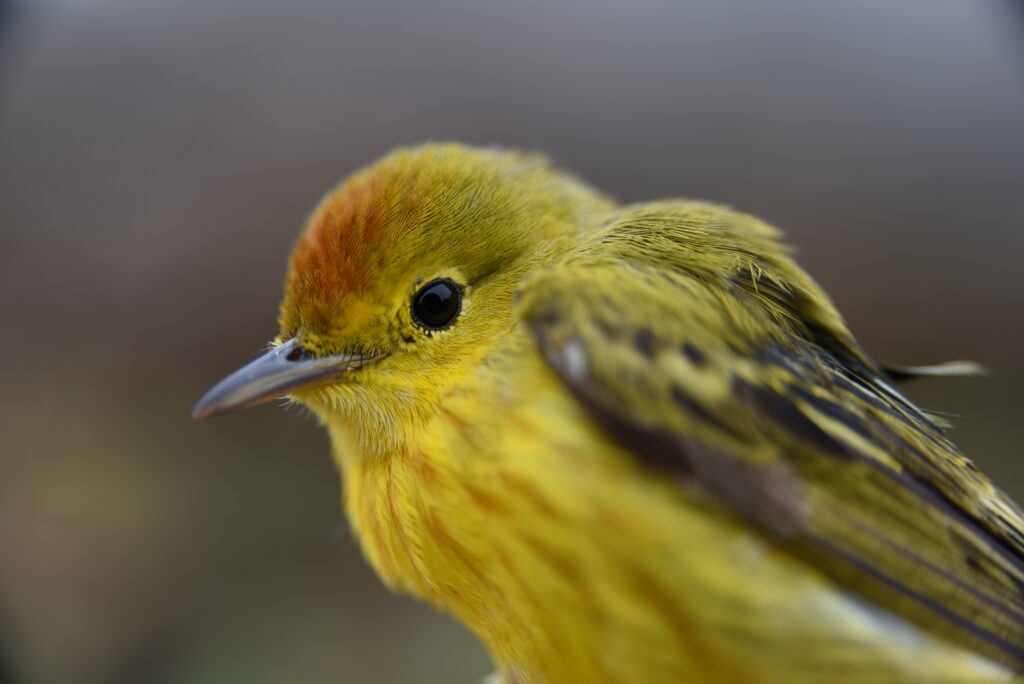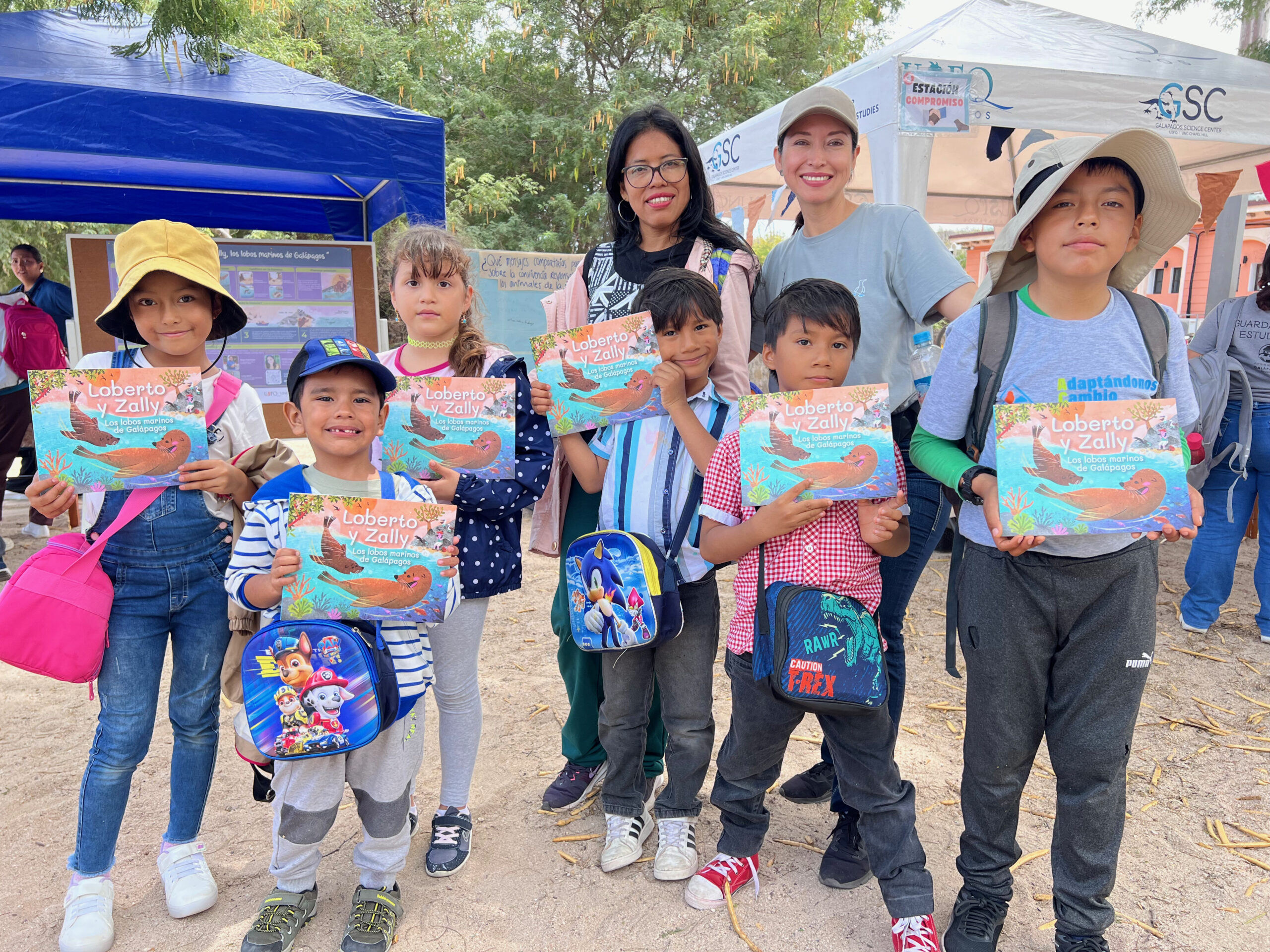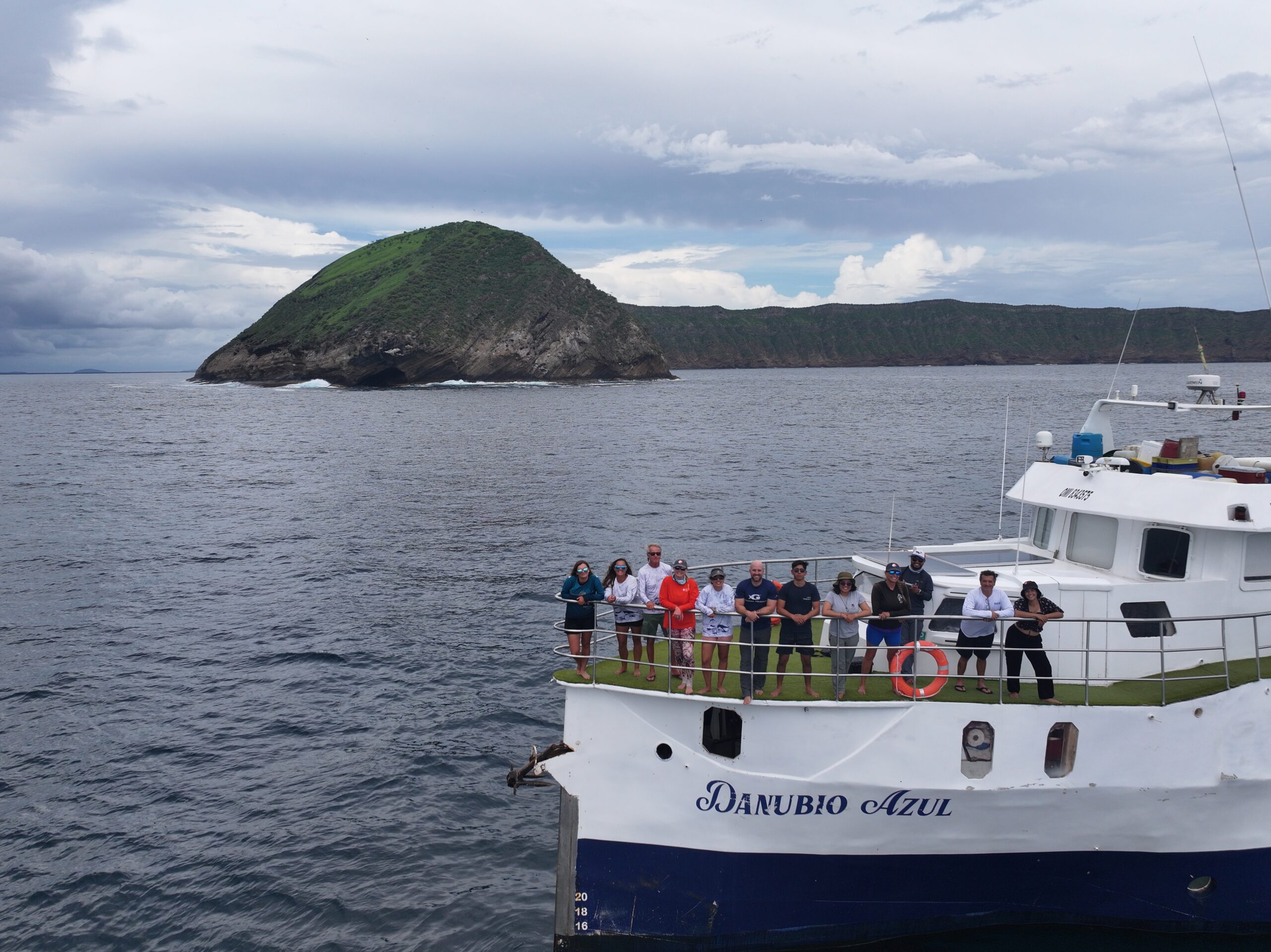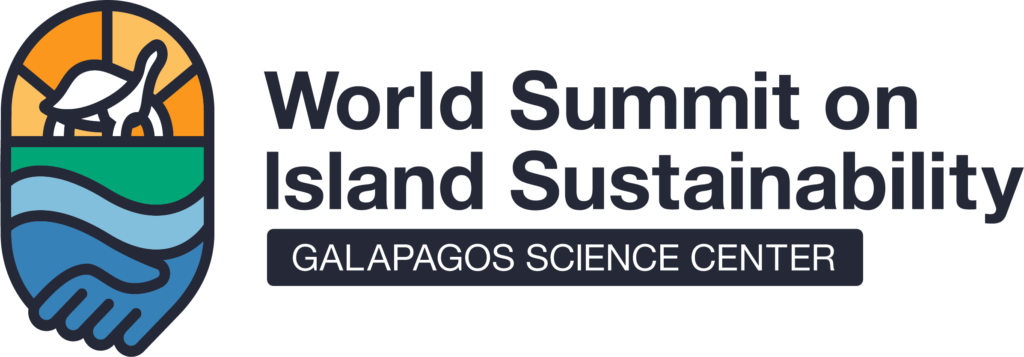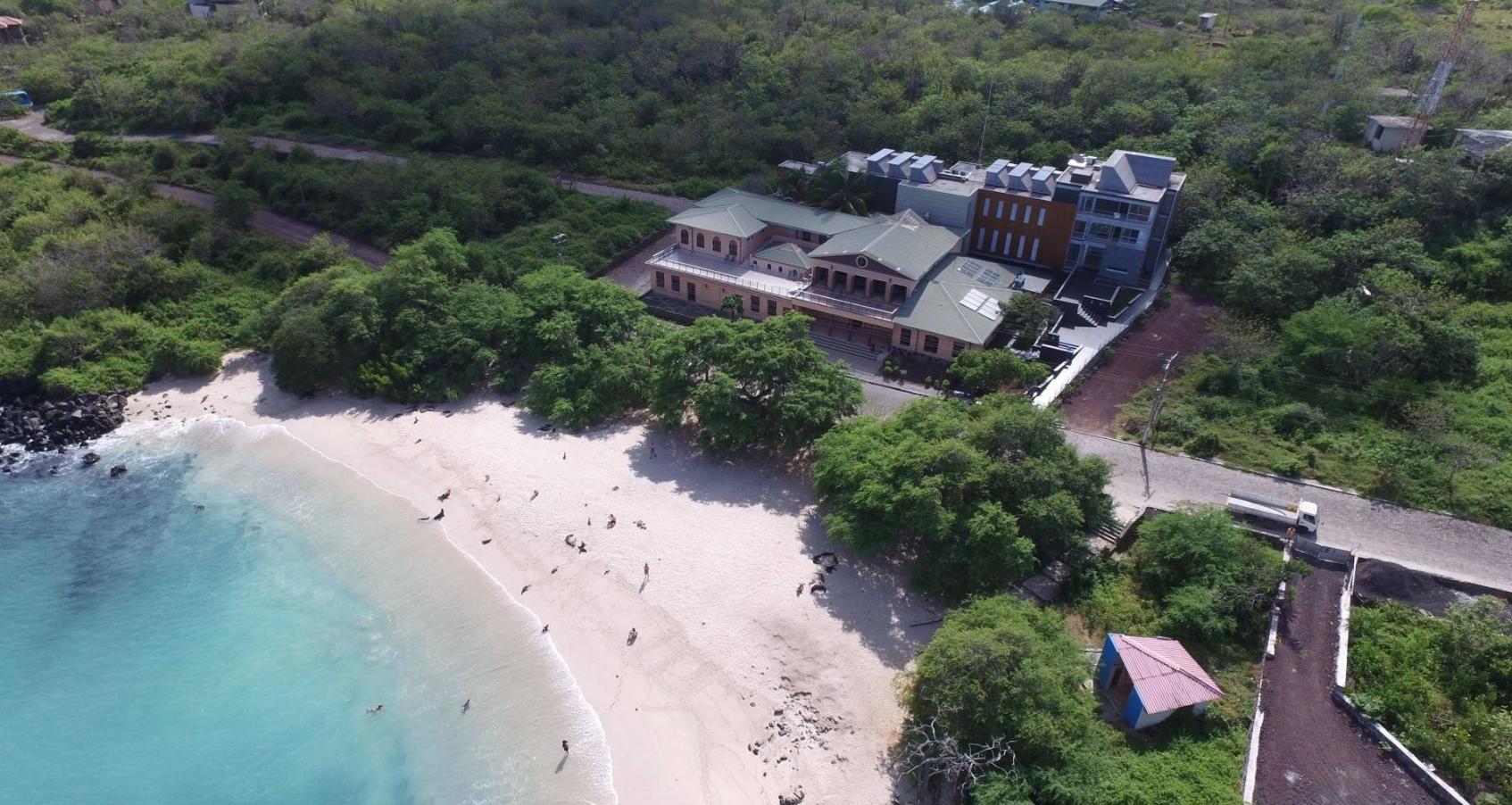Foto: Jack Dumbacher
En este estudio se analizó cómo los cambios en el uso del suelo afectan a dos especies de aves de Galápagos: el pinzón terrestre pequeño (Geospiza fuliginosa) y la reinita de manglar (Setophaga petechia aureola). El objetivo fue comprender si las alteraciones en el hábitat, causadas por la urbanización y la agricultura en islas pobladas por humanos, influyen en su tamaño, peso y niveles de la hormona denominada corticosterona, que está relacionada con el estrés.
Entre 2018 y 2019, los investigadores observaron aves en diferentes entornos de la isla San Cristóbal: zonas verdes dentro del área urbana, bosques naturales en las tierras bajas, fincas agrícolas y bosques con altos niveles de húmedad en las zonas altas. De esta manera, compararon cómo las aves se adaptan a lugares con mayor o menor intervención humana.
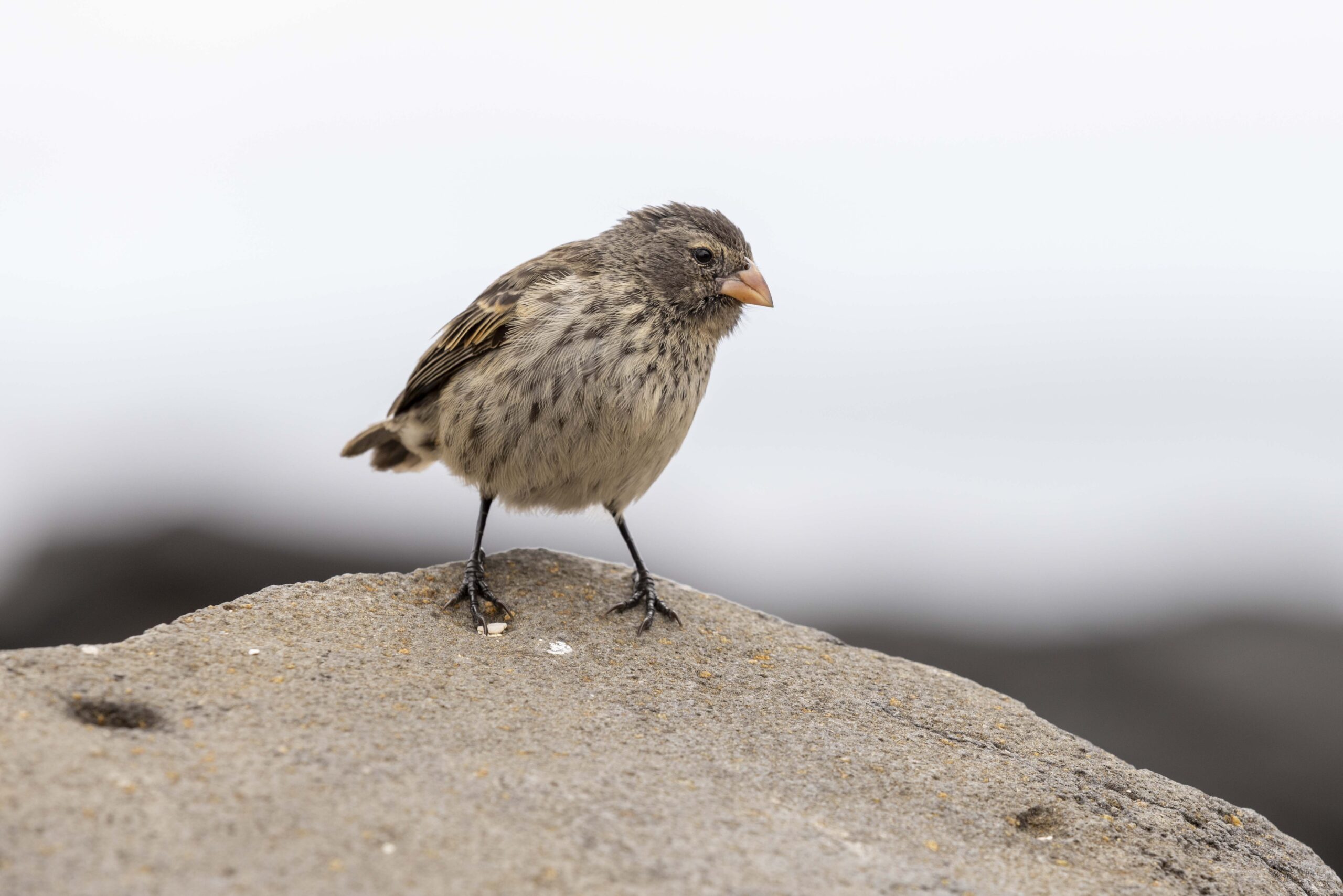
Foto: Carlos Gavela
Los resultados determinaron que los pinzones (Geospiza fuliginosa) que viven en zonas urbanas tienden a ser más pesados y a tener alas y patas más cortas que los de zonas naturales. Además, sus niveles de corticosterona fueron más altos, lo que sugiere que la vida urbana podría generarles un mayor estrés. En la reinita de manglar (Setophaga petechia aureola), la diferencia más notable fue que aquellas que vivían en bosques húmedos presentaban el pico más ancho que las de zonas urbanas.
Este estudio resalta cómo el entorno influye en la forma y el bienestar de las aves, mostrando que cada especie responde de manera distinta a los cambios en su hábitat. Estos hallazgos son esenciales para comprender el impacto de la actividad humana en la fauna de Galápagos y contribuyen al desarrollo de estrategias efectivas de conservación en la región
Lee el artículo completo aquí: https://bmczool.biomedcentral.com/articles/10.1186/s40850-025-00221-7

